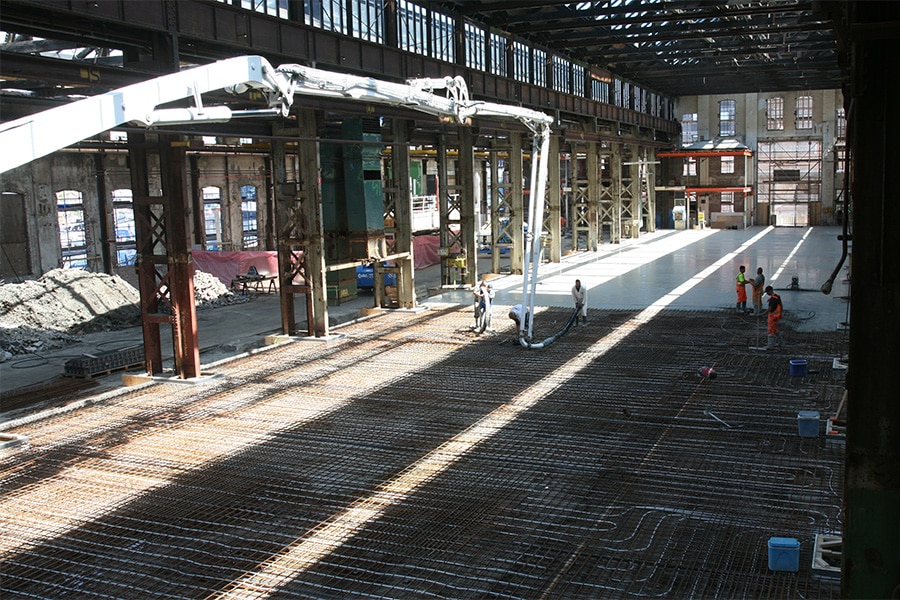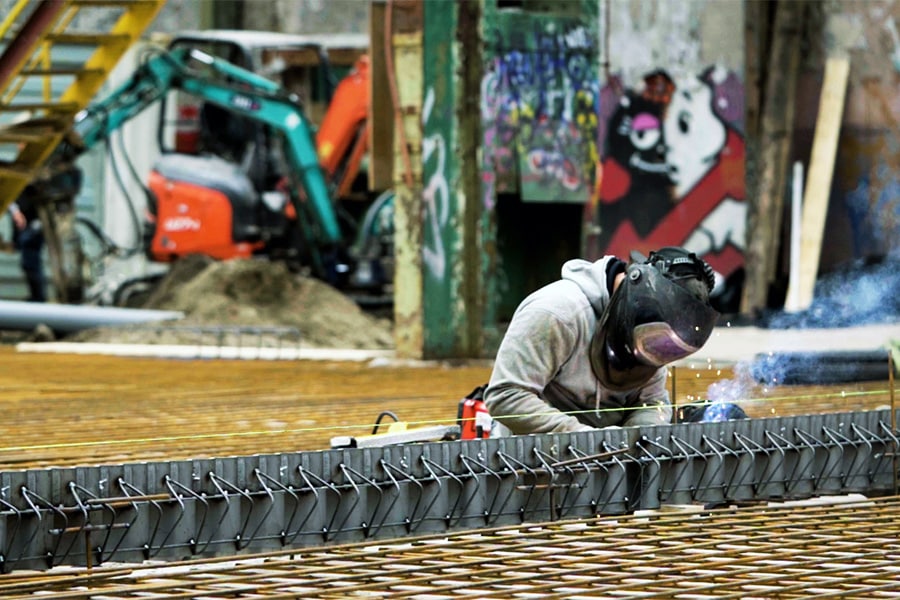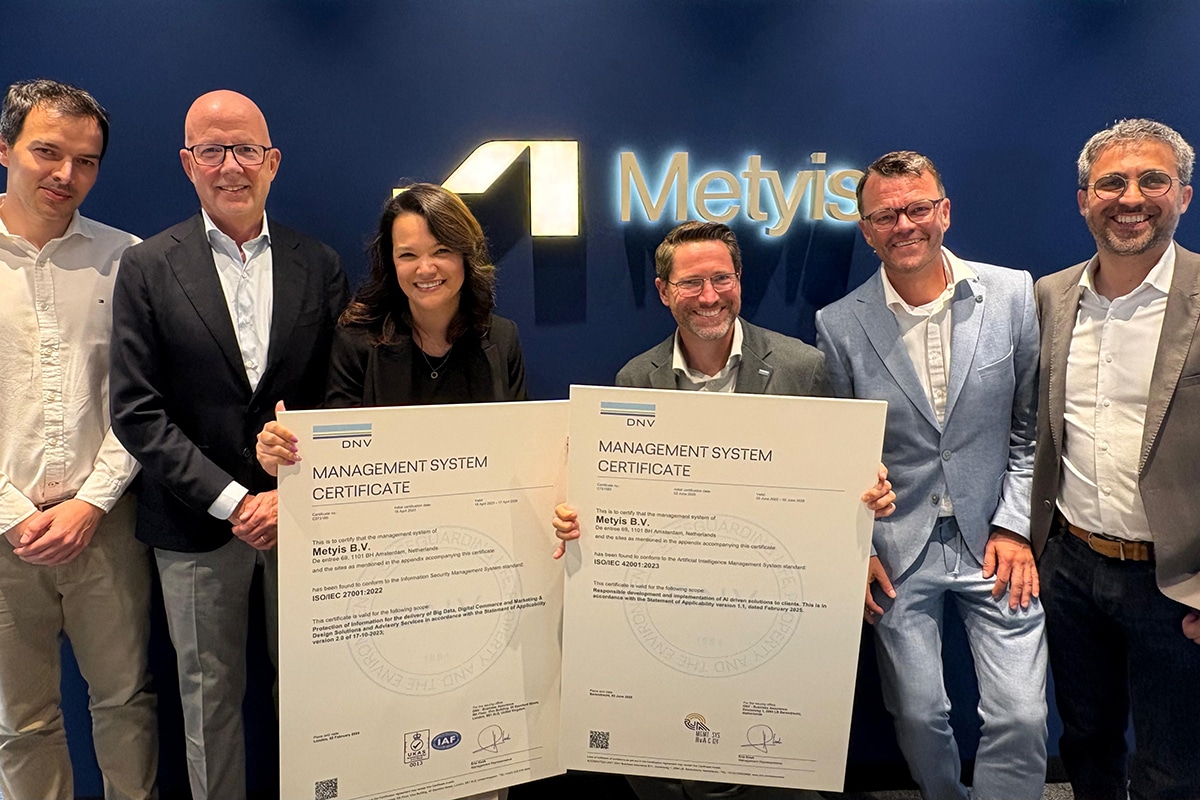
TNO develops digital innovations for construction
BIM Bots and other vistas
Machine learning and artificial intelligence are slowly finding their way into the construction world in the Netherlands. Too slowly, thinks Rob Roef, who has been Cluster Manager Digitalization at TNO, within the Construction & Infra sector, since January 1 of this year. "My job description as Cluster Manager reads in short: to offer the digital technologies that TNO is developing to the market. BIM Bots, for example, can significantly increase productivity in the construction sector."
Automated environmental calculation
How? Roef mentions a good example: "TNO has developed a technology, BIM Bots, to derive information from a BIM, without imposing too stringent requirements on that model, with which you can automatically make an environmental performance calculation for a building. Often such an environmental performance calculation is outsourced, costing time and money. Now the BIM modeler presses a button and then automatically gets an answer. Initially, this test was developed as a Proof of Concept for testers in the context of the upcoming Private Quality Assurance Act. That law aims to improve not only construction quality but also construction supervision by engaging private quality assurance companies. An additional advantage of this BIM Bots technology is that it also ensures that fewer errors are made because in this case, for an MPG test, data are no longer entered separately, but are automatically extracted from the BIM. One can proceed without delay. Moreover, we have also developed bots that can calculate an escape route and, if necessary, immediately test it against the requirements of the Building Code. In the future, a quality assurance contractor, architect or contractor can simply subscribe to one or more BIM Bots that can perform repetitive and often time-consuming work quickly."
Supplier bots
Artificial Intelligence is also used in another way, by bringing supplier information into the process earlier. Roef: "By having suppliers examine the architect's BIM at an early stage, you get optimal choices above the table. Bots can, for example, learn over time when which form of sand-lime brick or other materials are applied where. Now if a supplier's BIM Bot considers the application relevant in a particular design, it can offer an optimal solution to the architect, in the case of sand-lime brick with minimal sawing loss, maximum processing speed and the least environmental impact. We recently did a workshop with 20 suppliers, including major players, and there you see very enthusiastic responses. But there are also smaller players who are reluctant to divulge their information. That's understandable, but they need to realize that they can come to the table earlier and show in the design phase that their product fits and meets the standards."
Building faster
Although there is reluctance in the construction world to adopt these types of technologies, they will eventually find their way. Roef: "We need to build faster and more efficiently. These innovations really contribute to this: you speed up the design process, reduce failure costs and increase the quality of the work delivered. The latter in turn is important for contractors, who will have greater responsibilities from January 1, 2021 due to the Private Quality Assurance Act." The steel and concrete companies have a head start in this regard. Roef: "They started automating their factories twenty years ago. Many of them have already put their calculations, models and products into a mature BIM."
Future
In the future, Roef sees new challenges and vistas. "Current is the Virtual Design and Construction model developed at Stanford University. That is a 4D BIM in which you design and visualize buildings with a timeline, which allows you to eliminate design errors in advance, clarify dependencies and get an overview of costs. For developing renovation concepts, I look forward to the possibility of creating a BIM from a scan of existing buildings that can also detect materials. If we combine that with publicly accessible information from Land Registry, photos and demographics, for example, that has potential as a platform technology. What I also find fascinating is Katerra, an American construction company set up by an automaker, where, on a mega-scale, construction is conceived as a logistics process, much like the auto industry has worked for decades. Everything prefabricated, everything automated. I don't see that happening here so soon, but never say never."



